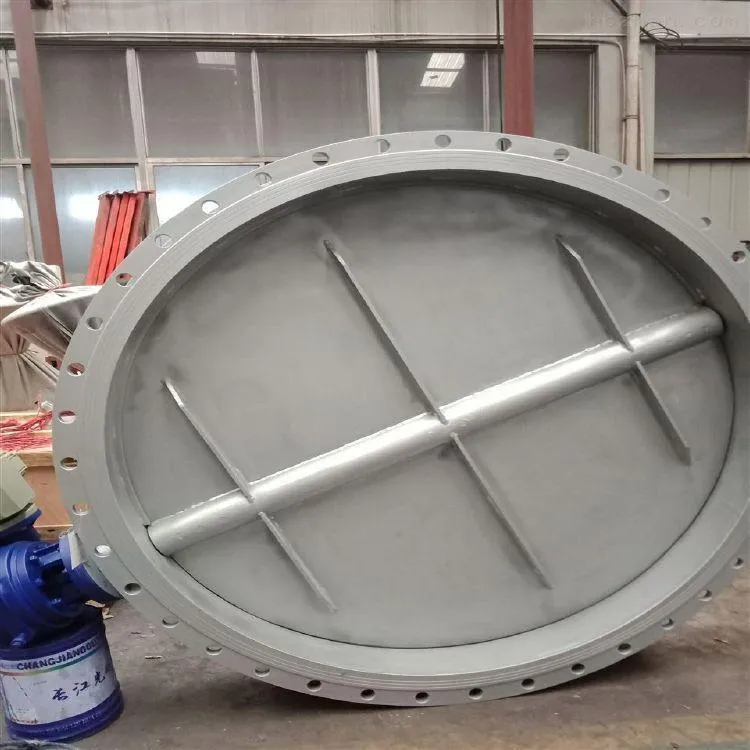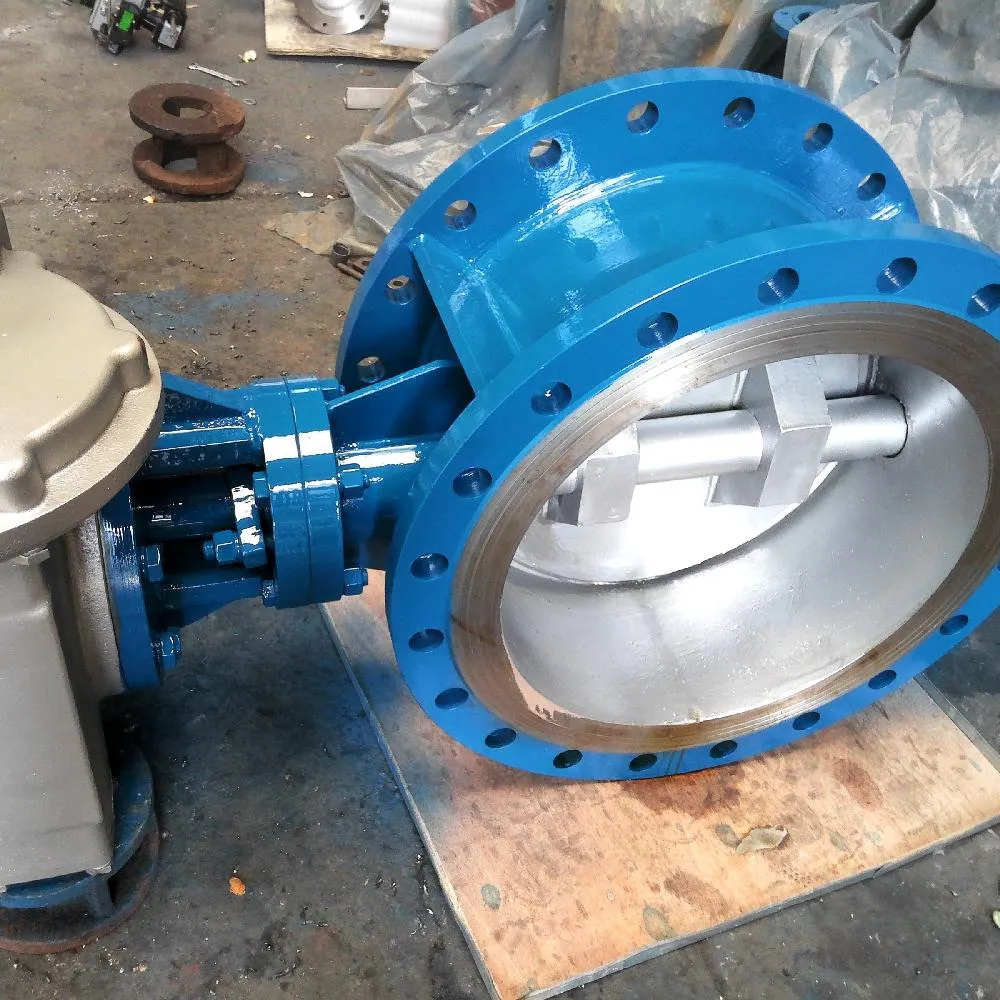Jun . 23, 2025 09:31 Бозгашт ба рӯйхат
Butterfly Valve and Globe Valve Manual An Academic Overview
In industrial fluid dynamics, butterfly valve and globe valve manual systems serve as cornerstones of flow management, underpinning processes in sectors from manufacturing to energy. Their mechanical designs and operational principles dictate their suitability for distinct applications, making a nuanced understanding essential for engineering precision and system optimization.

Structural Analysis of Butterfly Valves
A butterfly valve operates via a rotational disc mechanism, where a quarter-turn motion around a central axis regulates fluid passage. Its compact architecture and lightweight construction render it advantageous for applications requiring rapid on or off control or moderate flow adjustment. The different types of butterfly valves distinguished by structural variations such as lug, wafer, flanged, and double-eccentric designs cater to diverse operational demands. Lug valves feature integrated bolt-aligning lugs for straightforward flange installation, while wafer valves excel in space-constrained environments due to their slim profile. Flanged variants offer robust high-pressure connections, and double-eccentric models minimize friction through offset disc geometry, enhancing sealing efficiency in harsh conditions. These design distinctions highlight the importance of material compatibility and pressure-temperature ratings in valve selection.
Operational Dynamics and Mechanical Principles of Globe Valve Manipulation Systems
A globe valve manual employs a linear motion mechanism, where a disc attached to a stem interacts with a seat to control flow. Activated by a handwheel or lever, this design enables precise throttling by adjusting the disc’s position relative to the seat, making it ideal for applications requiring gradual flow modulation. Key components include the bonnet, which seals the valve body and houses the stem; the disc, which regulates flow via perpendicular motion; and the stem, which transmits rotational force from the handwheel to the disc. To open globe valve, counterclockwise handwheel rotation lifts the disc, while clockwise motion lowers it to achieve a seal. Unlike butterfly valves, globe valves exhibit higher pressure drops due to their tortuous flow path, necessitating careful consideration of energy loss in system design.

Comparative Analysis of Functional Performance of Butterfly Valve and Other Valves
The divergent designs of butterfly valve and globe valve manual systems result in distinct operational profiles. In flow control, butterfly valves excel in quick and moderate regulation, whereas globe valves provide fine-grained throttling precision. Pressure dynamics also differ significantly: butterfly valves offer low resistance and minimal pressure loss, while globe valves’ convoluted flow paths lead to higher energy dissipation. Spatial requirements further differentiate them: the compact nature of butterfly valves suits tight industrial layouts, while globe valves, with their longer axial length, demand more installation space. These trade-offs inform sector-specific choices; for example, chemical plants might prioritize butterfly valves for bulk fluid handling, while power grids rely on globe valves for steam pressure regulation.
Maintenance Protocols for Globe Valve Manual Longevity and Efficiency
Sustaining optimal performance of both valve types requires systematic maintenance. For butterfly valves, regular inspection of seat and disc integrity is critical, alongside lubrication of shafts to prevent mechanical wear. Partial seating should be avoided to preserve seal longevity, particularly in double-eccentric models where alignment precision is paramount. In globe valve manual systems, stem lubrication and seal integrity checks mitigate friction and leakage risks. Operational training ensures proper handling—such as controlled counterclockwise motion when attempting to open globe valve to avoid mechanical stress. Material compatibility with conveyed fluids, such as corrosion-resistant alloys for aggressive media, is also a foundational consideration in preventive maintenance strategies.

Different Types of Butterfly Valves FAQs
How do design variations impact the application of different types of butterfly valves?
Design-specific features of different types of butterfly valves dictate their industrial use. Lug and wafer valves, valued for ease of installation and space efficiency, are prevalent in water distribution and HVAC systems. Flanged models, with their robust pressure tolerance, suit heavy-duty applications like petroleum refining, while double-eccentric valves excel in high-temperature scenarios, such as power plant steam circuits, by minimizing disc-seat friction.
What distinguishes the flow control mechanism of a globe valve manual?
A globe valve manual achieves precise flow control through a disc-seat interface that allows incremental adjustments. Unlike butterfly valves’ rotational disc, the globe valve’s linear stem motion enables fine-tuned regulation, making it indispensable for processes requiring stable flow rates, such as pharmaceutical fluid metering or boiler feedwater control.
What precautions are necessary when attempting to open globe valve?
To safely open globe valve, operators must first verify system depressurization to avoid sudden flow surges. Slow, controlled counterclockwise handwheel rotation is essential to detect unusual resistance, which may indicate stem binding or seat obstruction. Monitoring pressure gauges during operation ensures gradual flow initiation and prevents mechanical damage from excessive force.
How does sealing performance maintenance differ between valve types?
For butterfly valves, sealing integrity relies on disc alignment and seat cleanliness; regular debris removal and hinge lubrication prevent sticking and partial closure. In globe valve manual systems, seal maintenance focuses on seat surface smoothness and stem packing tightness, with periodic torque checks to ensure consistent sealing force without over-tightening.
What engineering criteria guide the selection between butterfly and globe valve manual systems?
Key selection criteria include flow control precision, pressure-temperature limits, and spatial constraints. Globe valve manual systems are preferred for throttling accuracy and high-pressure applications, despite their energy loss and space requirements. Conversely, butterfly valves offer a cost-effective, compact solution for non-critical flow regulation, prioritizing ease of use and minimal installation footprints.
In industrial fluid control, butterfly valve and globe valve manual systems represent complementary solutions, each optimized for distinct operational paradigms.
This academic overview underscores the importance of mechanical design, functional performance, and maintenance practices in maximizing valve efficiency. By aligning technical specifications with application requirements, engineering professionals can ensure reliable, energy-efficient fluid management, cementing these valves as indispensable components of modern industrial infrastructure.
-
Technical Elucidation of Threaded Ring GaugesАхборJun.23,2025
-
Snap Gauge Critical Tool for Industrial Precision MeasurementАхборJun.23,2025
-
Granite Inspection Tables Precision Tools for Industrial FabricationАхборJun.23,2025
-
Exploring the World of Granite ToolsАхборJun.23,2025
-
Butterfly Valve and Globe Valve Manual An Academic OverviewАхборJun.23,2025
-
Retrofitting Old Systems with Y Type Strainer ValvesАхборJun.20,2025
МАХСУЛОТИ марбут









